Ups and downs in Madeira
The volcanic island, 90 minutes by plane from Lisbon, is Portugal’s most exotic and geographically diverse destination.
It’s 6:45 a.m., dark, eerily quiet, and I’m still half asleep as I follow my guide attentively down a stony path on the side of Pico do Arieiro, Madeira’s third-highest mountain.
We lay down the blanket, pour a well-deserved coffee and then wait. And wait. And wait. Suddenly, the birds start to sing, the sky changes quickly from almost black, to gray, then to orange. Only a few minutes later, the sun pierces the horizon and rises above the ocean.
All fatigue gone, I enjoy every minute of this impressive and somewhat humiliating experience. For a city dweller like me, the wonders of nature don’t come around that often.
The volcanic island of Madeira, about 360 miles off the west coast of Africa or a 90-minute plane ride from Lisbon, is Portugal’s most exotic and geographically diverse destination. Unlike some European party islands such as Ibiza or Majorca, it attracts a slightly older clientele, and the fun is limited to gushing over the island’s steep cliffs, which rise steeply from the sea, the evergreen flora and fauna and lush flower gardens.
In the afternoon, I join a group of hikers for my first levada walk. Levadas are man-made irrigation canals carved into the rock to carry water from the mountains to lower farmland, a system that still works today.
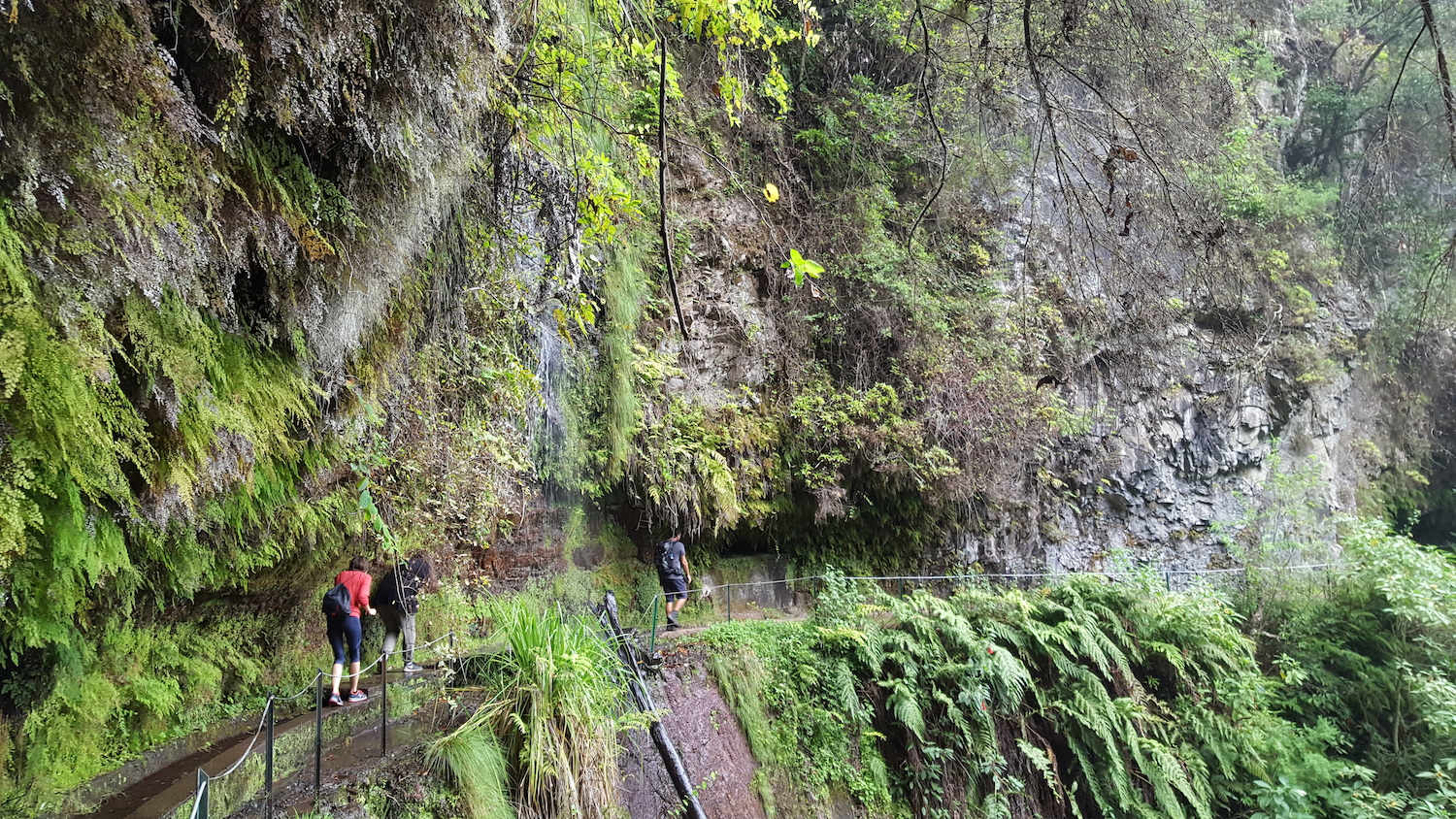
“I pay a very small fee for my levada water,” explains guide Fabio Castro. “For this, I get a weekly time slot during which water is diverted to my property. I can irrigate my garden but also store excess water.
There are hundreds of kilometers of levada walks, many of which pass through the more than 50 million year old Laurissilva forest, a precious natural environment found only in Madeira, the Azores and the Canary Islands. I walk beside gently sloping water channels past native vegetation before breaks in the trees reveal views of the great gorges. Before long, I’m drenched by rushing waterfalls and swallowed by the jungle again.
Subtropical climate
Madeira has a subtropical climate, thanks to the Gulf Stream, which results in a wide variety of flora including some rare species of orchids. In the plantations of the island, there are bananas, avocados, custard apples, cherries and papayas.
“My pregnant wife wants it,” Castro laughs, as he pockets a handful of banana passion fruit.
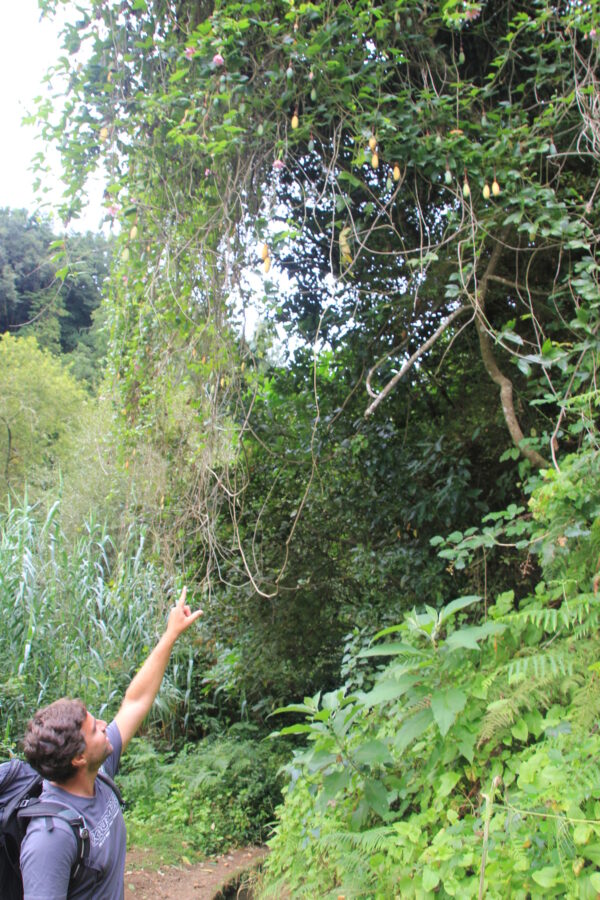
The island’s natural and introduced resources, as well as its geostrategic position, made it an important port of call during the Age of Portuguese Discovery, which led to the discovery and mapping of the coasts of Africa , Canada, Asia and Brazil in the 15th and 16th centuries.
It is believed that the explorer João Gonçalves Zarco, who discovered Madeira exactly 600 years ago, in 1419, named the island “Madeira”, which means “wood” or “wood”. Colonization began soon after, and the introduction of agricultural crops such as cereals and sugar turned the capital Funchal into a commercial hub, although one of the island’s most famous exports, Madeira wine, was born by accident.
How Madeira wine was born
To prevent the beautiful grapes from spoiling, a small amount of distilled alcohol made from cane sugar was added during long sea voyages. The heat of the ship’s hold greatly enhanced the wines, making them more complex, as well as stable and able to age almost indefinitely.
The 18th century was the “golden age” of Madeira. The wine’s popularity spread from the American colonies and Brazil in the New World to Britain, Russia and North Africa. It was a favorite of Thomas Jefferson and was used to toast the Declaration of Independence in 1776. George Washington, Benjamin Franklin and John Adams are also said to have been connoisseurs of Madeira wine.
Its fortified charms are lost on me, however, and instead I take a shard for the islanders’ local drink. Madeirans process their small harvest of sugar cane into a sweet distilled liquor called “aguardente de cana”, then mix it with fresh lemon and honey in a cocktail called “poncha”. And it’s delicious!
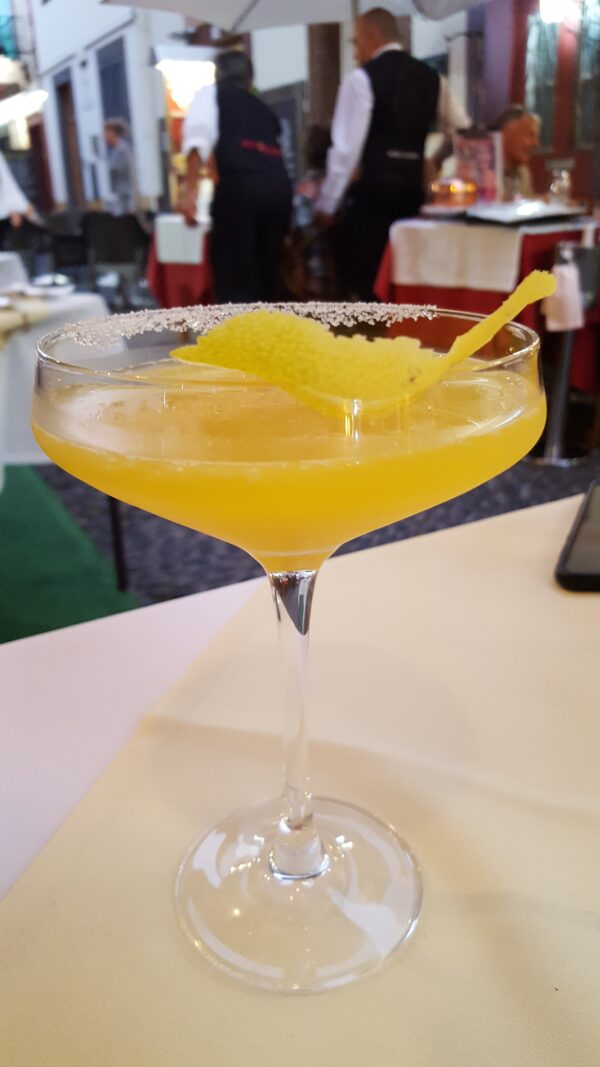
Another delicious local specialty is a fried black scabbard meal with banana. Fresh fish is sold at Mercado dos Lavradores, Funchal’s famous farmer’s market. I wonder about the weird, zombie-like appearance until a fisherman explains that the black scabbard is a deep-sea predator and its eyes turn milky when brought up from the depths of the ocean.
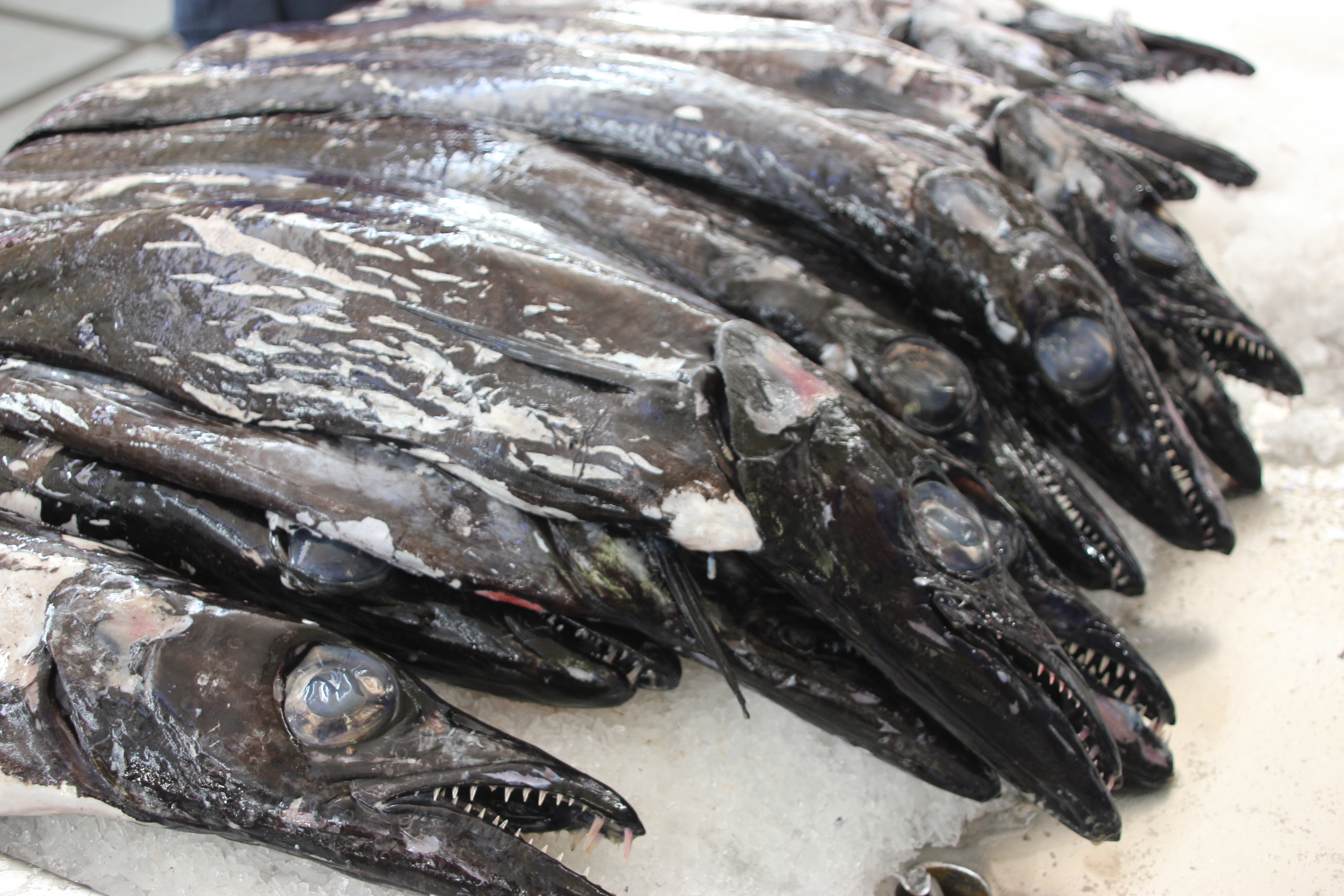
Several times I try to find Madeira cake on the menu but to no avail.
“Madeira cake as you know it has nothing to do with our island,” laughs Madeiran resident Luís Gonçalves. “It was actually named after the Madeira wine, with which it was served in England in the 18th century.”
He directs me to Fábrica Santo Antonio, where the traditional Madeiran cake – bolo de mel, a dark and spicy honey cake – has been made since 1893.
“When it is served, it is customary not to cut the cake, but rather to tear off pieces by hand,” explains the saleswoman.
Embroidered treasures
An even older tradition is Madeira embroidery, which dates back to the early days of colonization, but it was not until the second half of the 19th century that the fabric was sold overseas. English traders established in Funchal began to export embroidered pieces to England, followed by the Germans and the Americans.
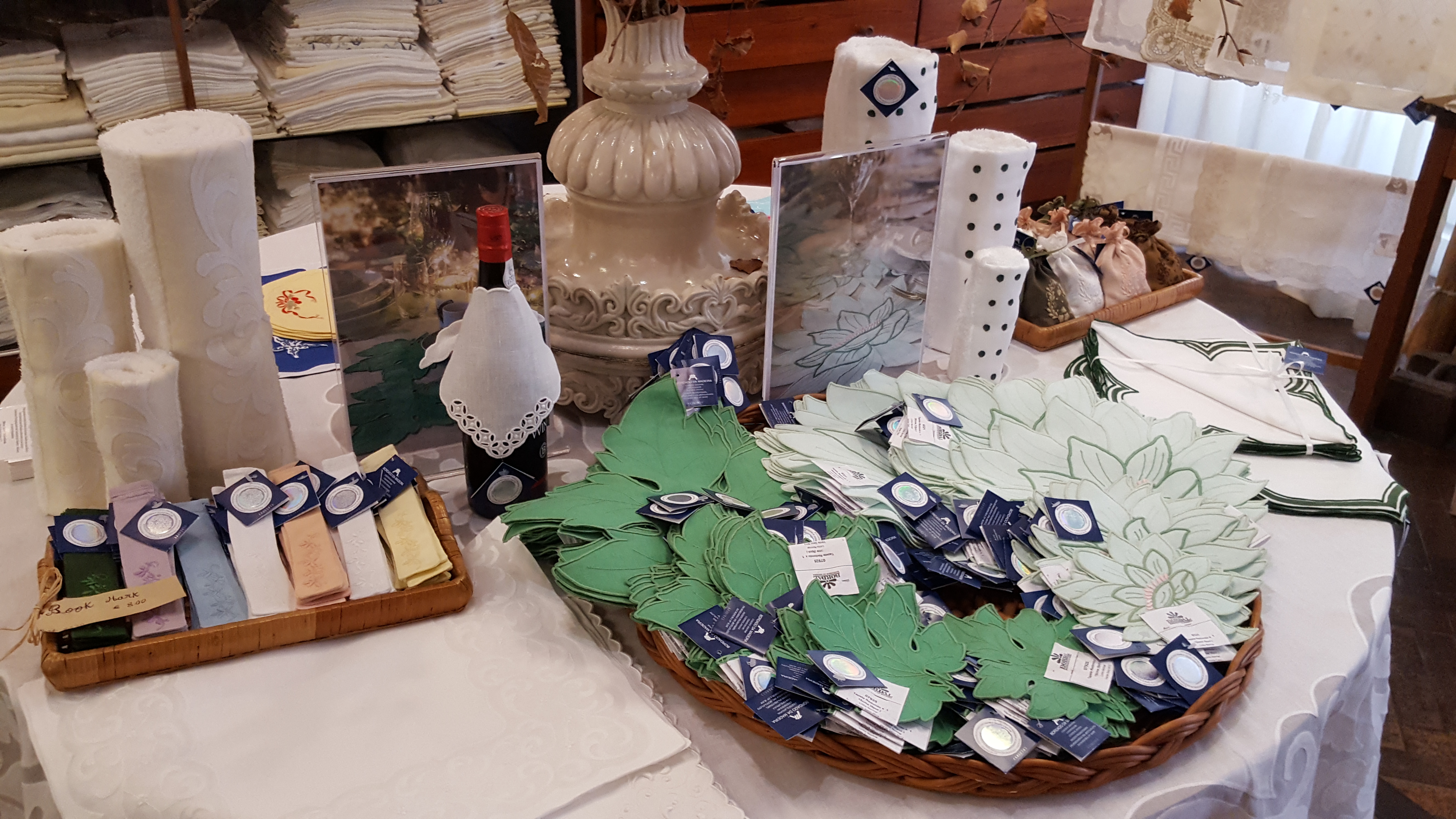
“Unfortunately, ours is a dying art,” says Marcia Gomes at Bordados da Madeira, a manufacturer and exporter of embroidery from Madeira. “We have around 400 women working for our company on the island, but the youngest is 45 and embroidery is not taught in local schools.
The women collect the fabrics such as linen, natural silk, organdy or cotton from the factory in Funchal, then return them finished to be paid at the point. The most expensive item on sale is a $4,000 tablecloth, which takes a year to complete – clearly too big for my carry-on (or pocket). I buy a small bag of lavender instead.
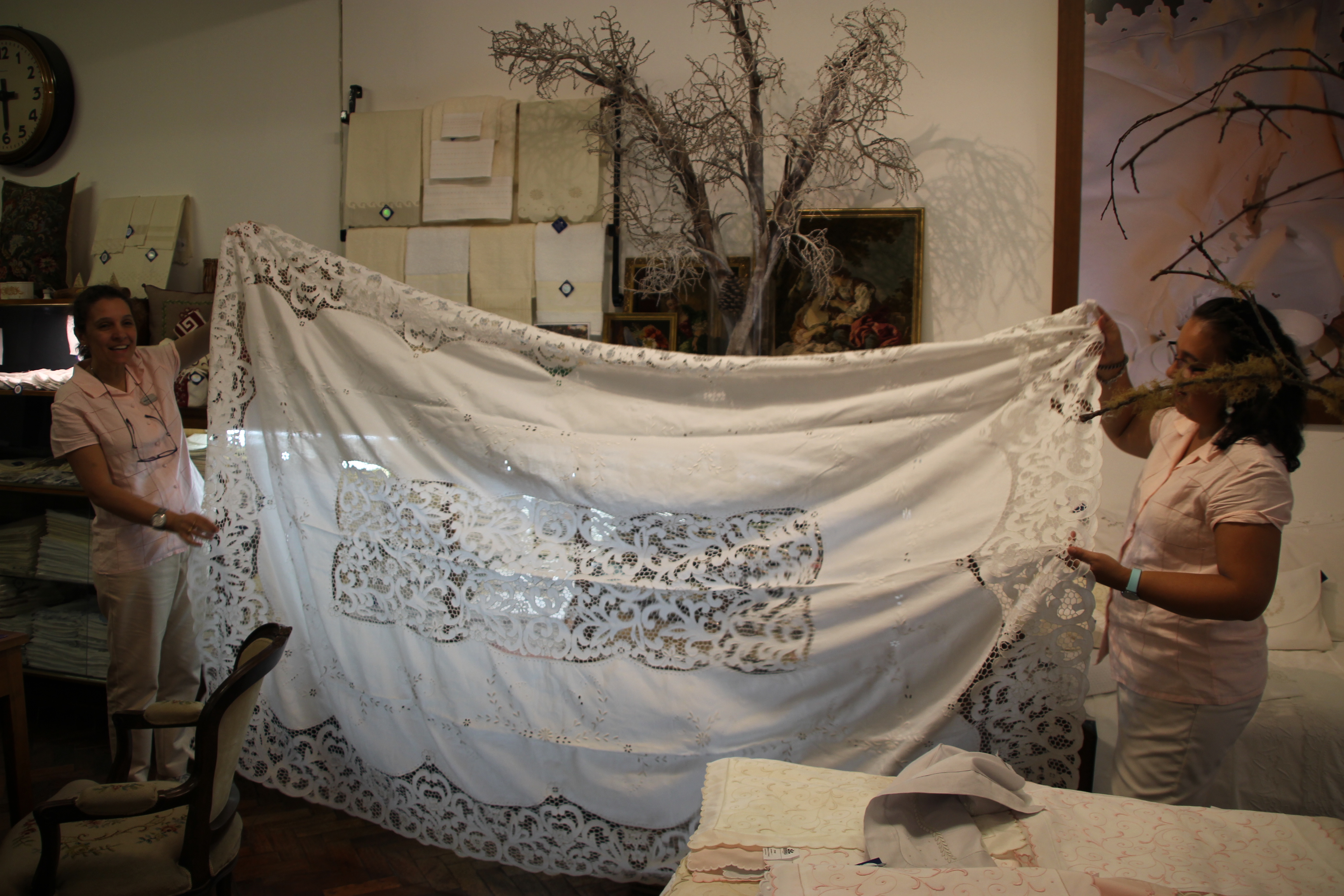
With purchase in hand and muscles sore from the hike, I choose to forgo another climb up the steep hills of Funchal and take the cable car up to the hilltop neighborhood of Monte. After gliding gently for 15 minutes, I’m rewarded with stunning views of the ocean, the outskirts of town, and the surrounding mountains. At the top, I stroll through Monte Palace Madeira, a tropical garden with a huge collection of exotic plants.
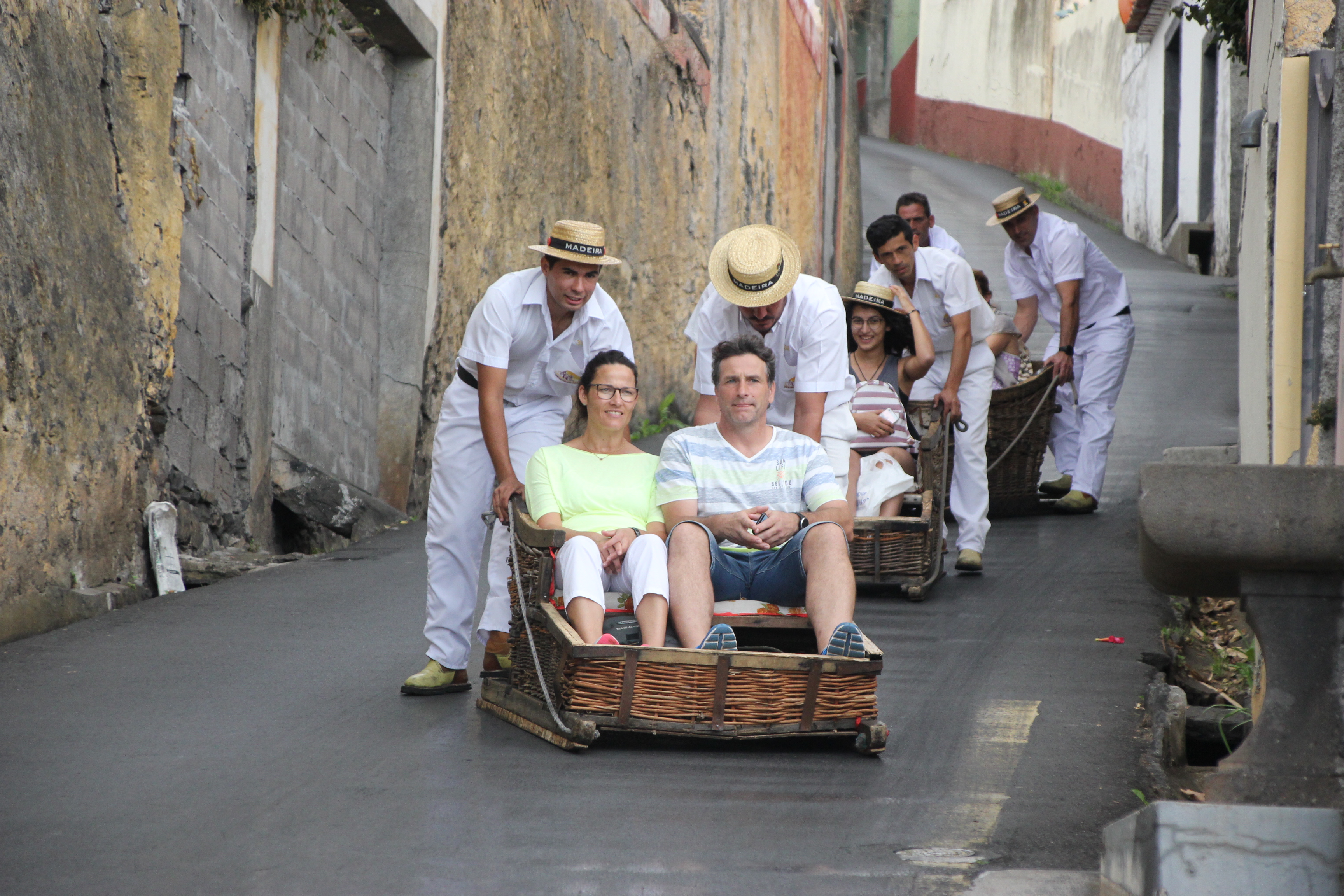
But what goes up must come down, so I book a ride in a two-person wicker slide. What was once an alternative way for affluent residents to get around quickly downhill is now a must-do activity for visitors. I place my life in the hands, or rather the rubber-soled boots, of the two carreiros who steer the toboggan and hurtle down one of the steepest roads I have ever known. The ride only takes about three minutes, but my heart is racing. Back at the hotel, I have a poked.
It’s an excitement I’m happy to repeat, as is watching another sunrise over Madeira.
Wibke Carter is a travel writer from Germany. She has lived in New Zealand and New York, and is currently enjoying life in London. His website is WibkeCarter.com

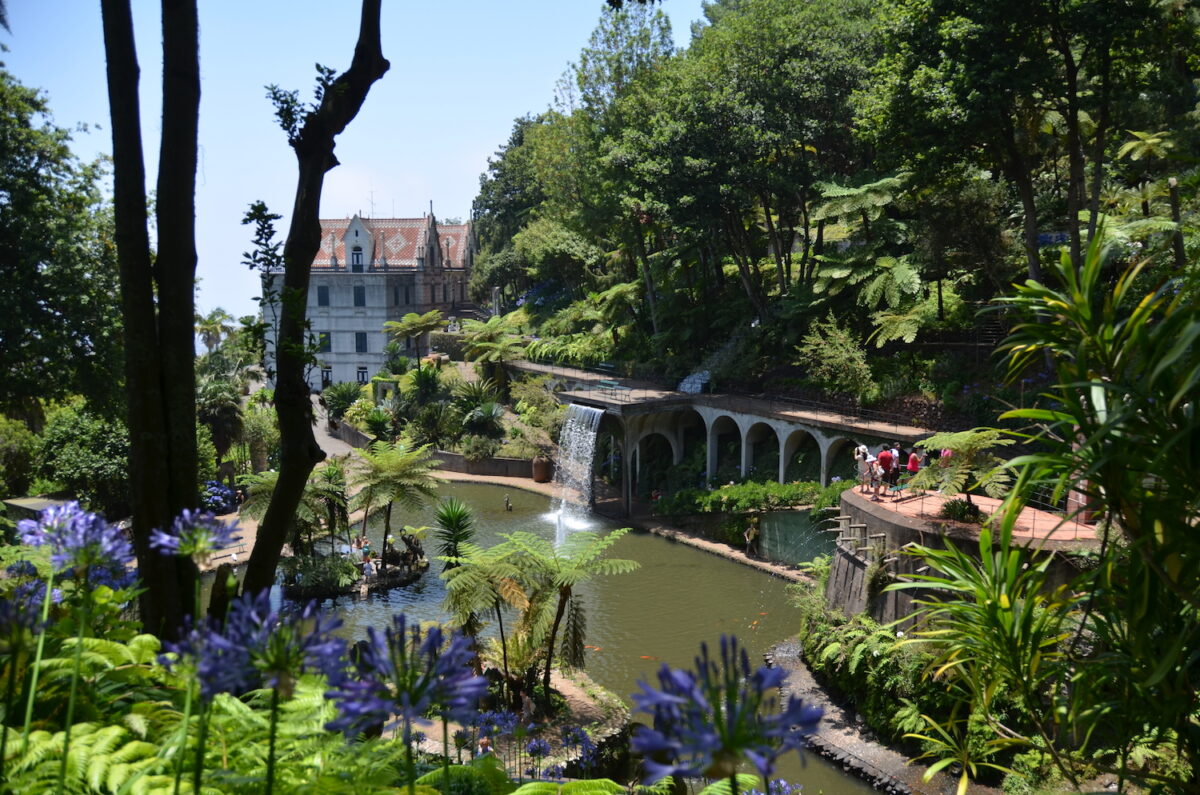

Comments are closed.